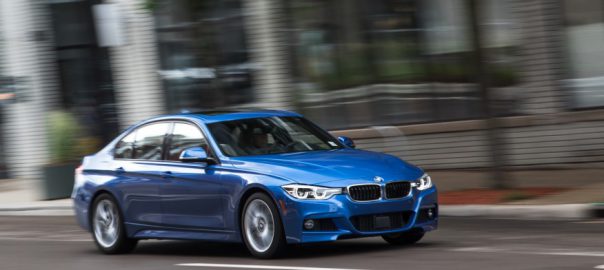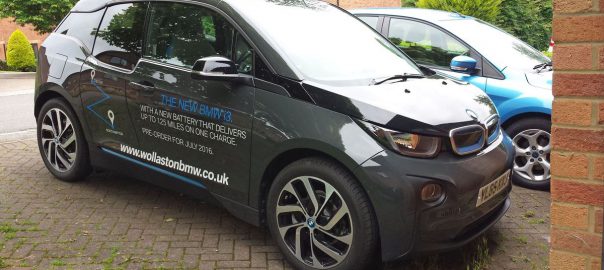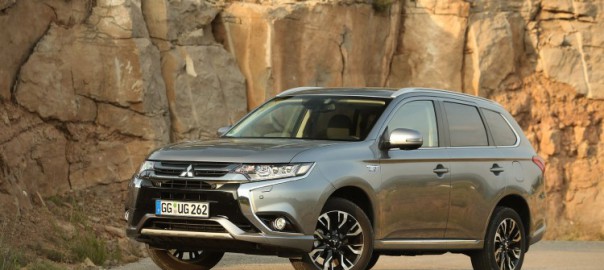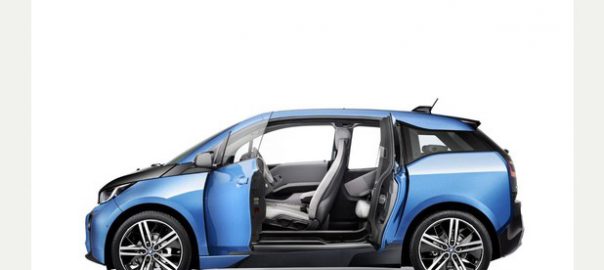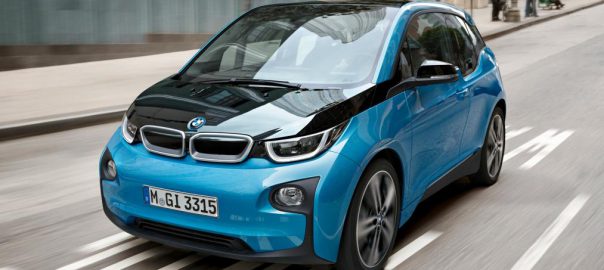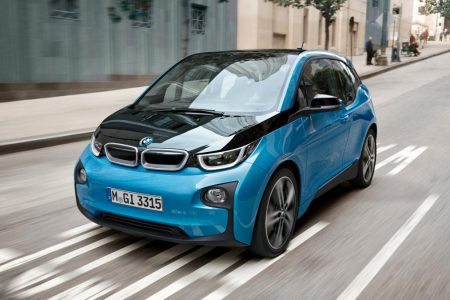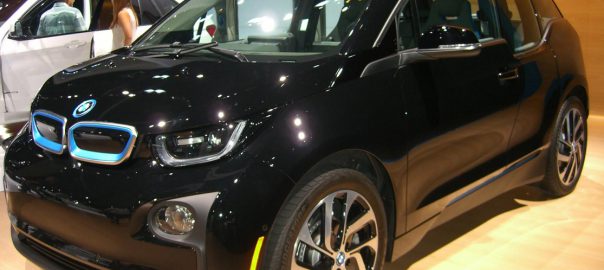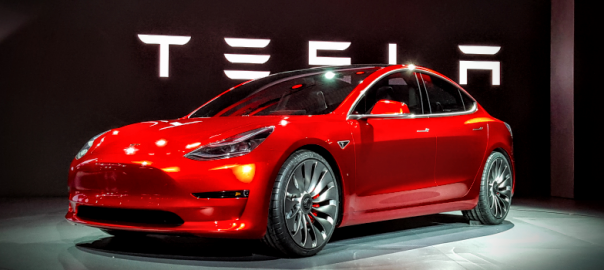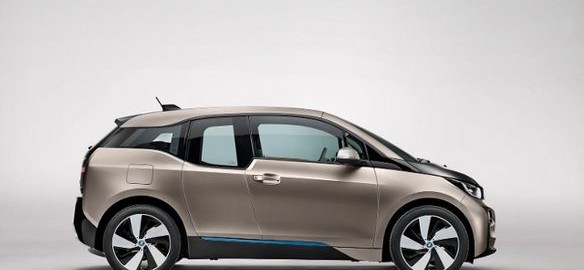The plug-in sports sedan for the modern age.
A dip in the Toyota Prius pool might elevate your state of environmentally responsible bliss, but surely you’d miss the driving joy that hybrids sacrifice to trim their CO2 footprints. Good news: Salvation has arrived in the form of a plug-in-hybrid sedan that’s actually fun to drive. The 2016 BMW 330e sedan tested here exploits lessons learned from BMW’s i3 and i8 models (now part of the iPerformance sub-brand, along with plug-in-hybrid versions of the standard cars) to resolve the classic rub between low consumption and high performance.
This green edition of the world’s bestselling luxury sedan is expensive, with a starting price of $44,695, but it’s sure to be a hit with those interested in saving the planet without resorting to public transit.
The powertrain components are a 180-horsepower 2.0-liter turbocharged inline-four in the usual underhood location, teamed with an eight-speed automatic transmission and an 87-hp electric motor/generator. The AC power provider replaces the torque converter inside the ZF 8HP gearbox. Computer-controlled servos and clutches provide manual and automatic command over gear ratios and three different propulsion modes. A 7.6-kWh air-cooled lithium-ion battery lives unobtrusively under the trunk floor, while the 10.8-gallon gas tank rests beneath the rear seat.
To experience the joys of combustion-free driving, simply punch the eDrive button on the console to engage the Max eDrive mode. After an initial driveline shudder, there’s barely a whisper as the car motors toward the future. As more city centers around the globe ban vehicles that produce tailpipe emissions, this mode will be an excellent means of maintaining personal mobility. With gentle accelerator pressure, the iPerformance will motor up to a top speed of 75 mph for a maximum of 14 miles, according to BMW, assuming the battery was fully charged at the start. When the driver inevitably grows weary of turtle mode, pressing deeper on the accelerator pedal—say, to execute a safe pass—automatically fires up the turbo four-cylinder. This occurs so smoothly that the transformation is revealed more by the swing of the tach needle than by any engine rumble.
Mode two, called Auto eDrive, is the default setting. The only difference from the Max setting is that the baton passes from electric propulsion to engine power at 50 mph.
Read more: Car and Driver
